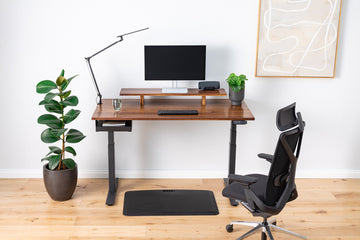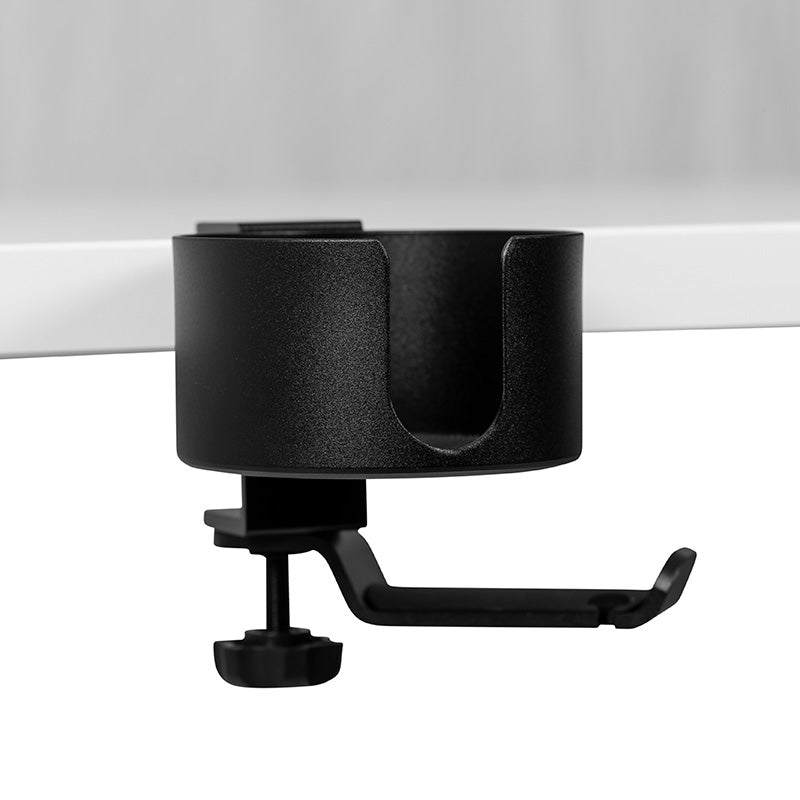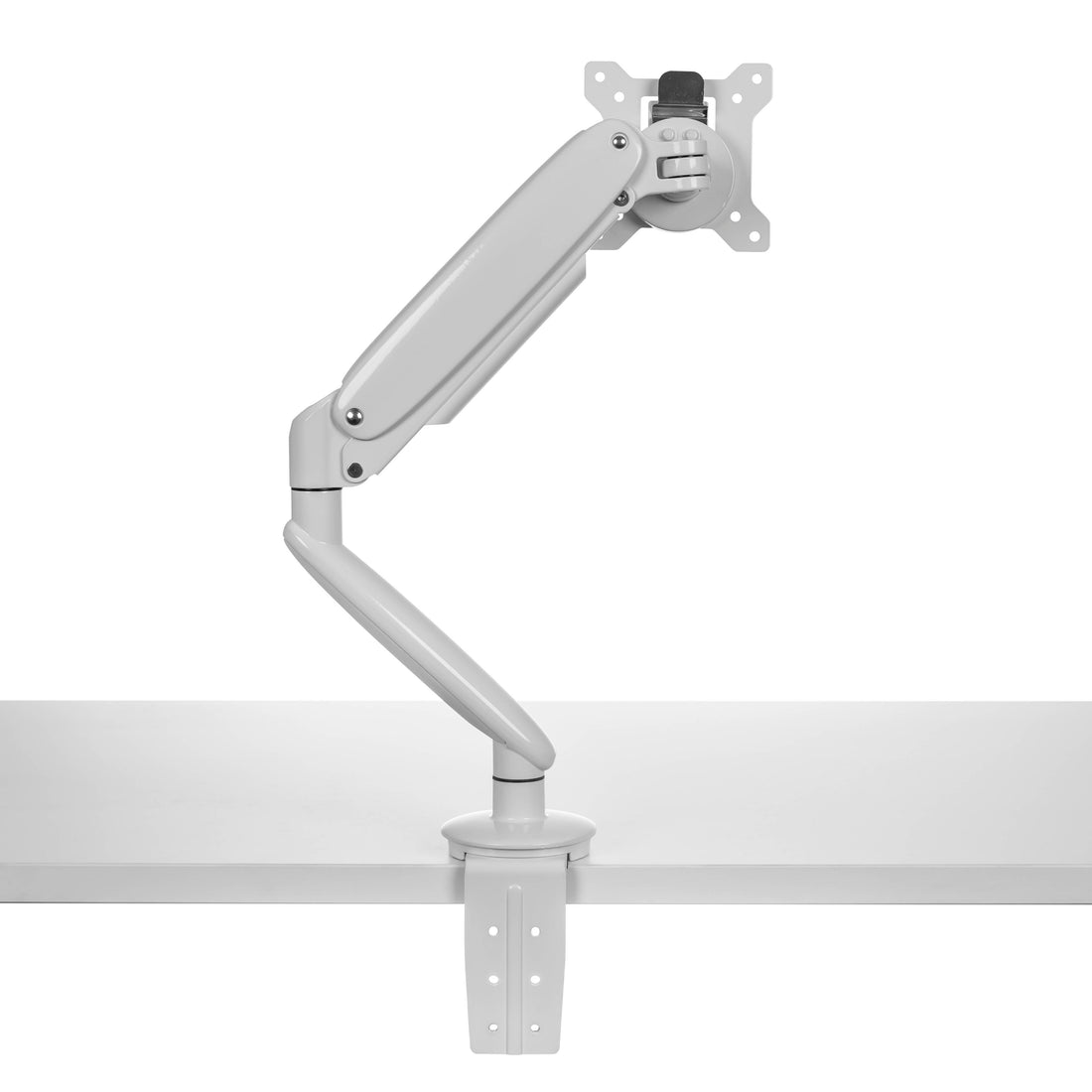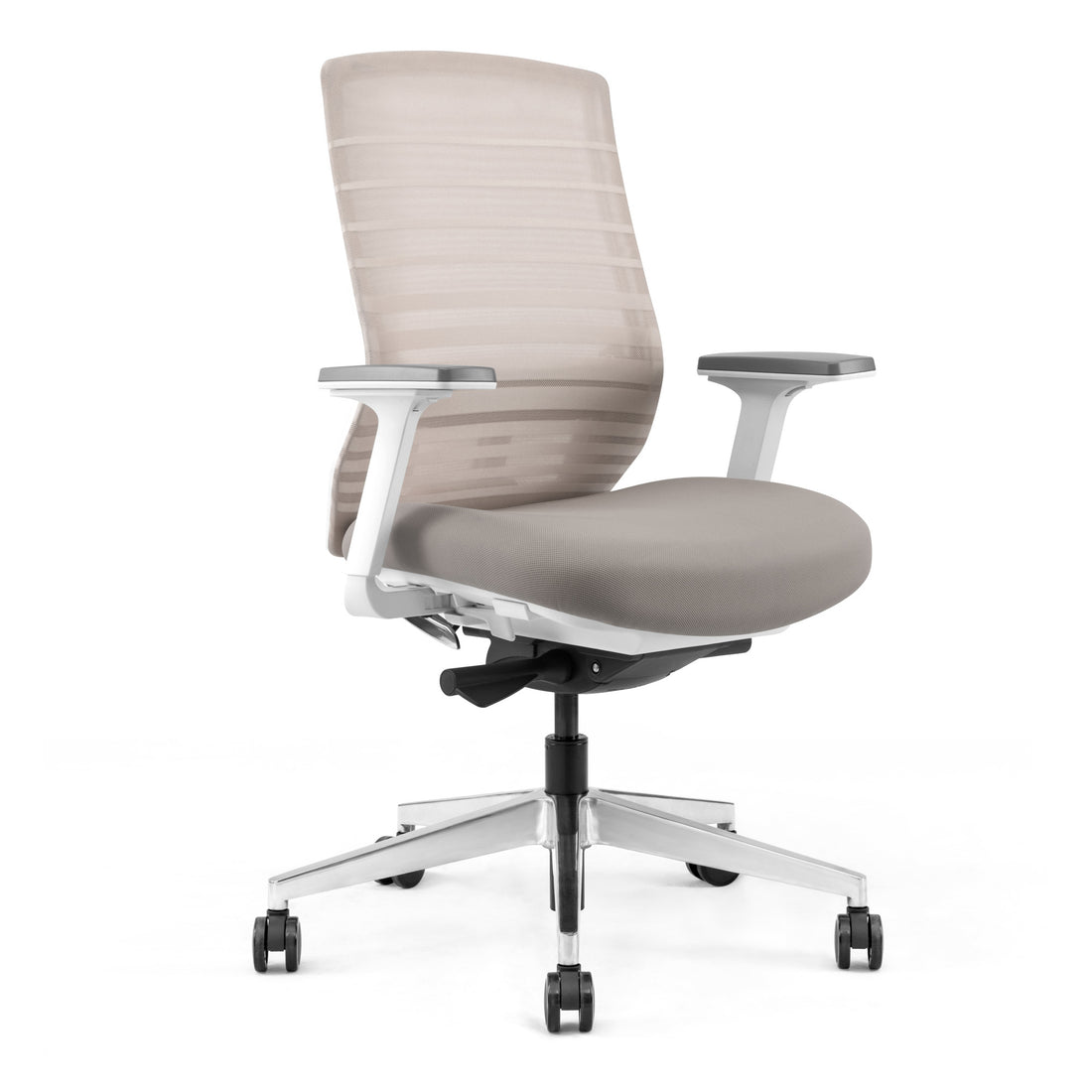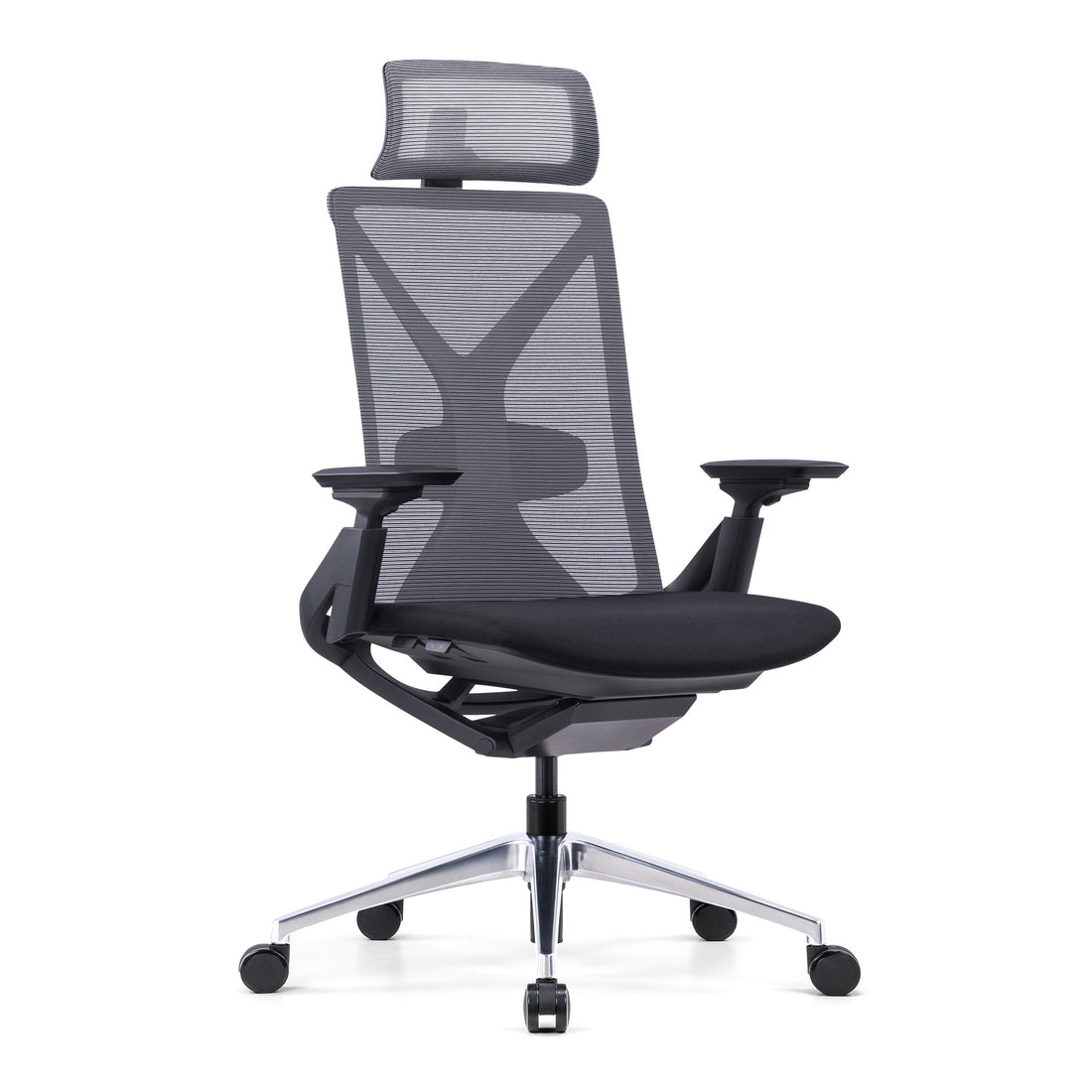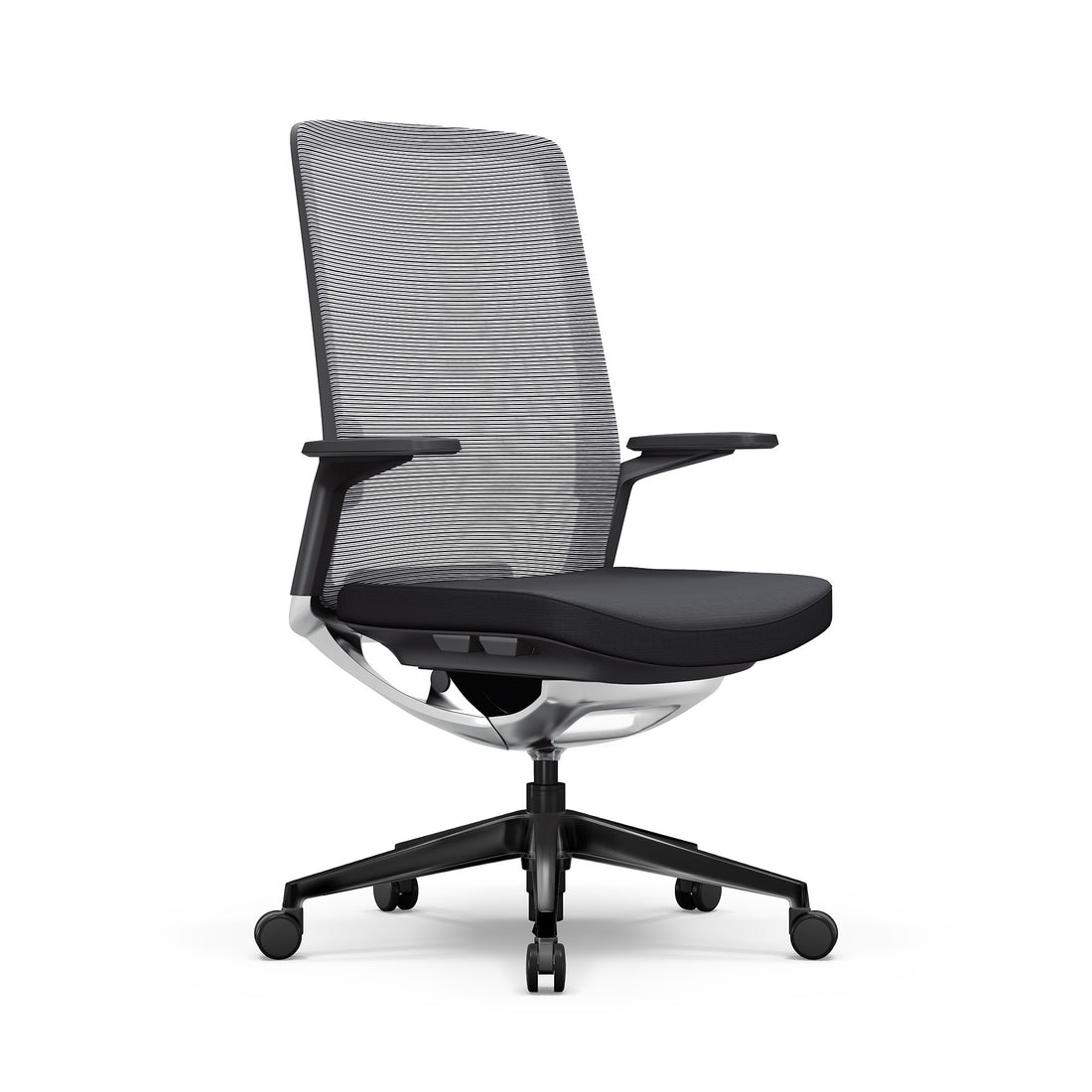ADHD (Attention Deficit Hyperactivity Disorder) is a medical illness that affects 6.1 million people worldwide, and many people are clamouring to find a solution. Did you know that standing desks can help reduce the symptoms of ADHD?
ADHD is the most commonly diagnosed mental condition in both children and adults. ADHD patients may exhibit symptoms of inattention, hyperactivity, and impulsivity.
Causes of ADHD
ADHD's actual causes remain unknown. Heredity, chemical imbalances, poor perinatal circumstances, and pollutants are all possible factors, though no single cause has been identified.
While some people may exhibit some of the usual ADHD symptoms, it’s critical to be tested by a specialist to confirm the diagnosis before beginning treatment.
ADHD Treatment
There are numerous therapy options available to anyone suffering from ADHD. There are also lifestyle adjustments that can help patients focus more effectively.
Medicine, behaviour therapy, parent-teacher coaching, social skills training, and school support are all important and effective avenues of treatment.
While everyone’s route of therapy is going to be different, it’s important to note that a standing desk cannot be the only one used. Standing desks are, at best, supportive methods of treatment, and only work when paired with cognitive therapy or medication.
The Importance of Standing
Is standing at a desk better than sitting? When you have ADHD, there’s a huge difference between sitting and standing.
Fidgeting is a common distraction to people with ADHD. They may bounce their legs up and down or tap out rhythms on their table. For years, this was seen as a negative behaviour that needed to be stopped, but this does more harm than good.
Allowing people with ADHD to direct their fidgeting healthily improves focus and productivity. Standing up, or alternating between sitting and standing, helps to direct some of that energy.
According to recent surveys, most children spend up to 85% of their waking hours sitting down. This is ultimately a health risk that damages the long-term wellness of children, adults, and the elderly.
Sitting is now seen as equally harmful as smoking. It’s been demonstrated that sitting can cause heart disease, diabetes, cancer, physical pain, and a variety of other health problems.
Not only are they good for people with ADHD, but standing desks and blood pressure also have a positive correlation.
Benefits of Standing Desks for ADHD
Stand-up desk benefits for individuals affected have been extensively examined, with consistent, repeatable outcomes. Some of those benefits include:
- Allowing people to fidget and move improved classroom and workplace management
- Self-esteem growth
- Increased participation from introverted people
- Transition from lunch to classroom time is easier
- Fewer requests for restroom breaks
Standing Desk Tips for ADHD
Using a stand-up desk on its own is not going to be enough to remedy the lack of focus and excessive energy that people with ADHD suffer from. But incorporating these tips with your new standing desk will make a world of difference.
Don’t Forget to Exercise
There are a host of standing desk exercises to do while using your desk that will drastically improve your ability to focus on the task at hand.
Doing exercises while you work is a great way to direct your attention and focus. If you’re someone with ADHD or you struggle to concentrate, make sure to incorporate exercises into your workday to help keep you sharp.
You can employ standing leg extensions to keep your core firm and prevent creeping back pains. If you find your legs cramping after long stretches of standing, do some hamstring curls to help stretch the muscles in your calves and thighs.
To keep your back and neck healthy and free from pain, do some twists and backstretches. These help to relax the muscles around your spine. This will make sure that you’re keeping the correct posture while you work and prevent any painful back problems further down the road.
Use a Drafting Chair
It can be bad for your knees to use a standing desk all day. When you pair a drafting chair with a tall fixed-height desk, you can effortlessly hop on and off your chair whenever you feel the need to sit or stand.
This is one of the simplest do-it-yourself alternatives available, particularly for people with tall desktop surfaces such as a kitchen island, dresser, or console table.
While getting on and off a drafting chair is a little more difficult than getting on and off a standard sitting height desk, this solution has fewer drawbacks than a fully adjustable standing desk or converter.
Some drawing chairs can even be utilized at standard chair height, functioning as a desktop in your home or office. The right chair paired with a standing desk helps lower back pain.
Did you find our blog helpful? Then consider checking:
- Standing Desk Posture
- How Long Should You Stand At A Standing Desk
- Can Standing Desks Help Lose Weight
- Is A Standing Desk Better For Your Back
- Standing Desks Varicose Veins
- Is Standing Desk Bad For Knees
- Standing Desks And Neck Pain
- Standing Desk Ergonomics
- Standing Writing Desk
- Standing Desks And Productivity


